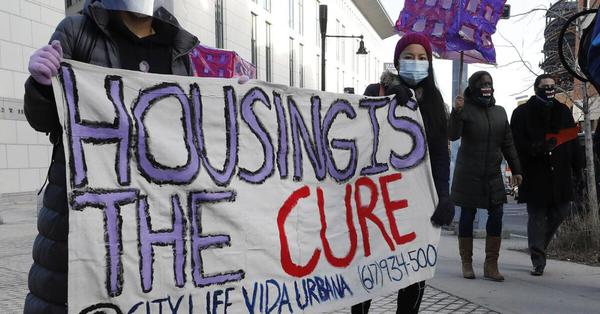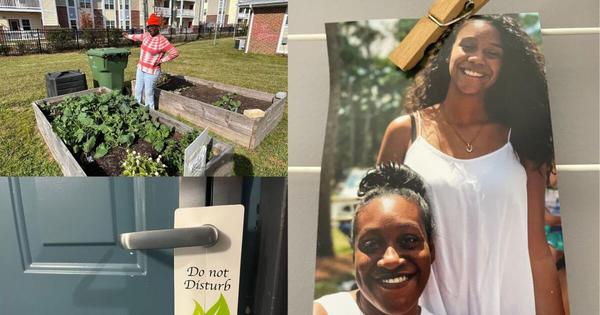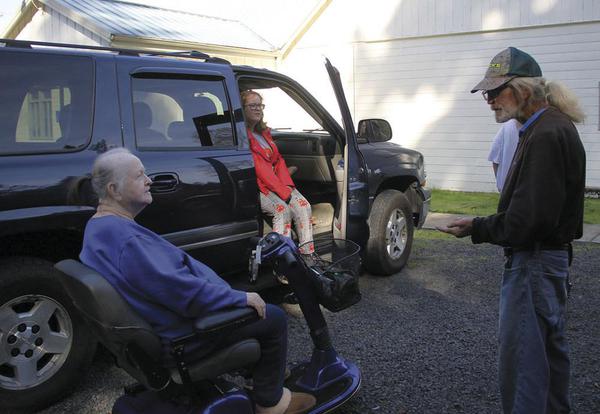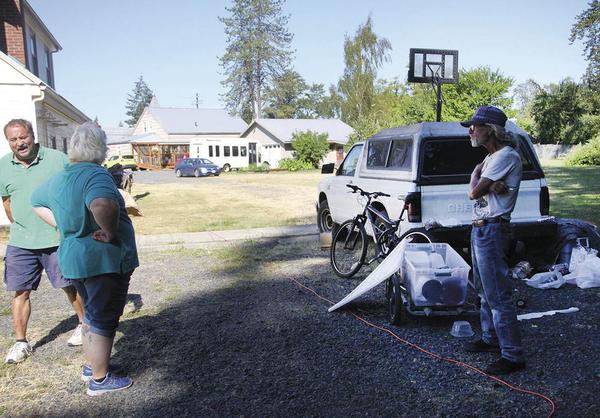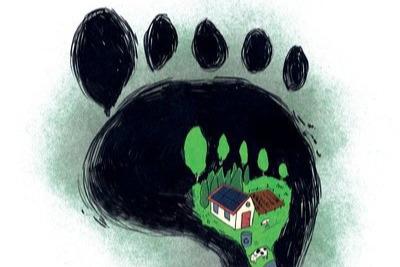Heirs' Property: How to lose a home in three generations
Dolly Rheddick-White has inherited portions of two houses in Wilmington — one from her parents on Nun Street — and one from her grandparents on 12th Street. Both couples passed away without wills, so their property was split among a host of different heirs. And both properties are currently vacant.
Earlier this year, though, an investor began buying segments of her grandparents’ property from her relatives. All told, the investor got 75% ownership of the 12th Street house.


